37 line (2) in the accompanying diagram reflects the long-run supply curve for
Line (2) reflects the long-run supply curve for: A. a constant-cost industry. 8. . Refer to the diagram. Line (1) reflects a situation where resource prices: B. increase as industry output expands. 9. . Refer to the diagram. Line (2) reflects a situation where resource prices: D. remain constant as industry output expands. The long-run supply curve for a purely competitive increasing-cost industry will be upsloping. ... Line (2) in the accompanying diagram reflects the long-run supply curve for... a constant-cost industry. Line (1) in the diagram reflects a situation where resource prices...
Line (1) reflects the long-run supply curve for: an increasing-cost industry. Assume a purely competitive firm is maximizing profit at some output at which long-run average total cost is at a minimum.
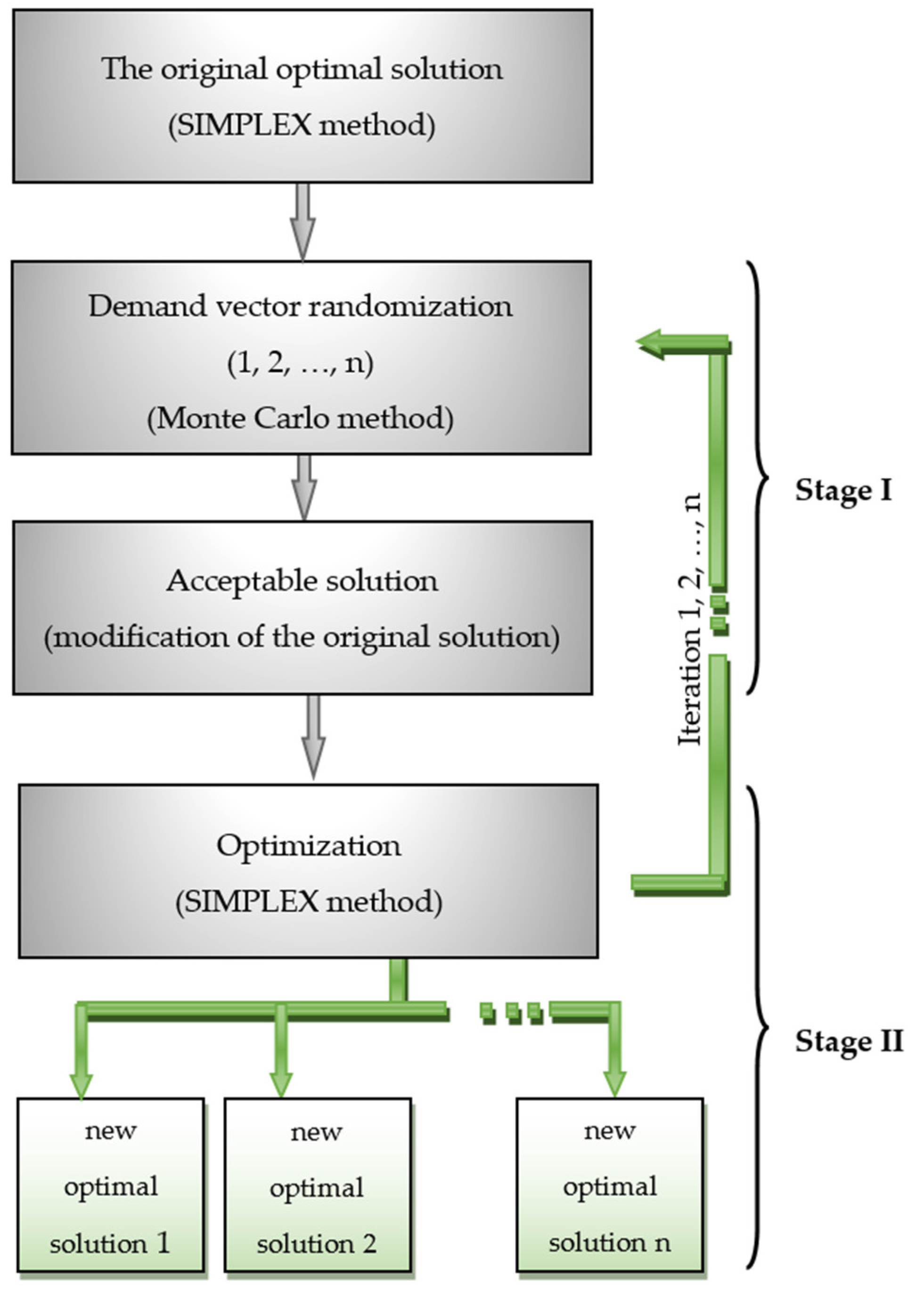
Line (2) in the accompanying diagram reflects the long-run supply curve for
Refer to the diagram. Line (2) reflects the long-run supply curve for: a. a constant-cost industry. b. a decreasing-cost industry. c. an increasing-cost industry. d. a technologically progressive industry. Line (1) reflects the long-run supply curve for: an increasing-cost industry. Refer to the above diagram. Line (2) reflects the long-run supply curve for: a constant-cost industry. Refer to the above diagram. Line (1) reflects a situation where resource prices: increase as industry output expands. Line (1) reflects the long-run supply curve for: an increasing-cost industry. Refer to the above diagram. Line (2) reflects the long-run supply curve for: a constant-cost industry. Refer to the above diagram. Line (1) reflects a situation where resource prices: increase as industry output expands.
Line (2) in the accompanying diagram reflects the long-run supply curve for. The long-run supply curve for a purely competitive industry will be less elastic than the industry's short-run supply curve. ... Line (2) in the accompanying diagram reflects the long-run supply curve for. answer choices . a constant-cost industry. a decreasing-cost industry. Line (1) reflects the long-run supply curve for. an increasing-cost industry. Refer to the above diagram. Line (2) reflects the long-run supply curve for. a constant-cost industry. Refer to the above diagram. Line (1) reflects a situation where resource prices. increase as industry output expands. Line (2) in the accompanying diagram reflects the long-run supply curve for. a constant-cost industry. Image: Line (2) in the accompanying diagram reflects ... Line 2 in the accompanying diagram reflects the long run supply curve for A a from AA 1. ... Test Bank: ITopic: Long-Run Supply CurvesType: Graph11-23.
Transcribed image text: Refer to the diagram below. Line (2) reflects the long-run supply curve for: (1) Long run supply Unit costs (2) Long-run supply Select one: a. an increasing-cost industry. b. a decreasing-cost industry. c. a technologically progressive industry. d. a constant-cost industry. Refer to the diagram. Line (2) reflects the long-run supply curve for: Correct A.a constant-cost industry. B.a decreasing-cost industry. C.an increasing-cost industry. D.a technologically progressive industry. Refer to the above diagram. Line (2) reflects the long-run supply curve for: A. a constant-cost industry. Image: Refer to the budget line shown in the diagram. If the consumer's money ... A purely competitive firm's short-run supply curve is:.
Line (1) reflects the long-run supply curve for: an increasing-cost industry. Refer to the above diagram. Line (2) reflects the long-run supply curve for: a constant-cost industry. Refer to the above diagram. Line (1) reflects a situation where resource prices: increase as industry output expands. Line (1) reflects the long-run supply curve for: an increasing-cost industry. Refer to the above diagram. Line (2) reflects the long-run supply curve for: a constant-cost industry. Refer to the above diagram. Line (1) reflects a situation where resource prices: increase as industry output expands. Refer to the diagram. Line (2) reflects the long-run supply curve for: a. a constant-cost industry. b. a decreasing-cost industry. c. an increasing-cost industry. d. a technologically progressive industry.

Energies Free Full Text A Method For Assessing The Impact Of Changes In Demand For Coal On The Structure Of Coal Grades Produced By Mines Html

Strontium Isotope Stratigraphy Lowess Version 3 Best Fit To The Marine Sr Isotope Curve For 0 509 Ma And Accompanying Look Up Table For Deriving Numerical Age The Journal Of Geology Vol 109 No 2

Macroeconomic Effects Of Covid 19 A Mid Term Review Rungcharoenkitkul 2021 Pacific Economic Review Wiley Online Library

The Demand For Money Curve Shown In The Accompanying Figure Reflects A Constraint On The Interest Homeworklib

Time Evolution Of Estuarine Turbidity Maxima In Well Mixed Tidally Dominated Estuaries The Role Of Availability And Erosion Limited Conditions In Journal Of Physical Oceanography Volume 48 Issue 8 2018

Hess Reduction Of Vegetation Accessible Water Storage Capacity After Deforestation Affects Catchment Travel Time Distributions And Increases Young Water Fractions In A Headwater Catchment

Asvcp Guidelines Principles Of Quality Assurance And Standards For Veterinary Clinical Pathology Version 3 0 Arnold 2019 Veterinary Clinical Pathology Wiley Online Library

1 General Assessment Of The Macroeconomic Situation Oecd Economic Outlook Volume 2020 Issue 2 Oecd Ilibrary

The Effect Of Income Expansion On The Quantity Of Money In Imf Staff Papers Volume 1955 Issue 002 1955

High Quality Health Systems In The Sustainable Development Goals Era Time For A Revolution The Lancet Global Health

Frontiers Hypoxia Induced Neuroinflammation In Alzheimer S Disease Potential Neuroprotective Effects Of Centella Asiatica Physiology

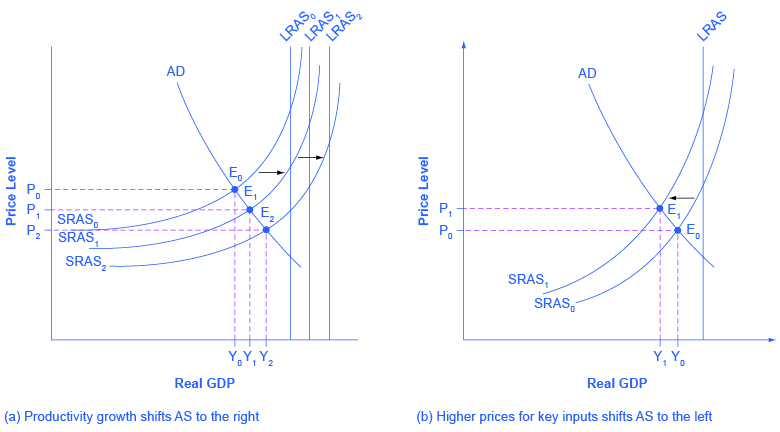


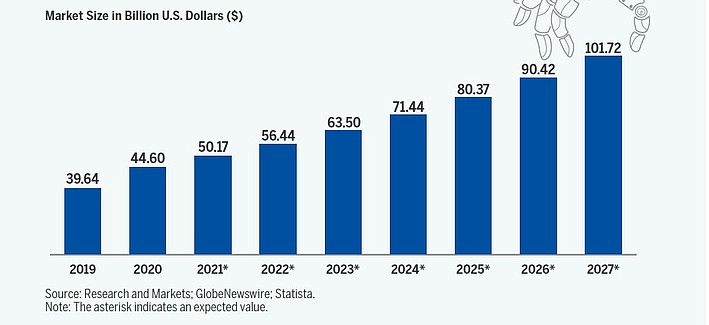
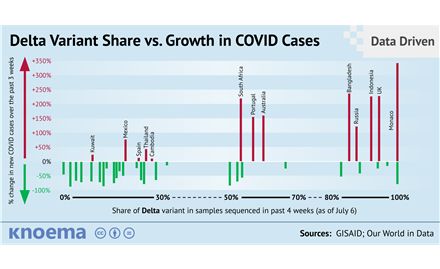
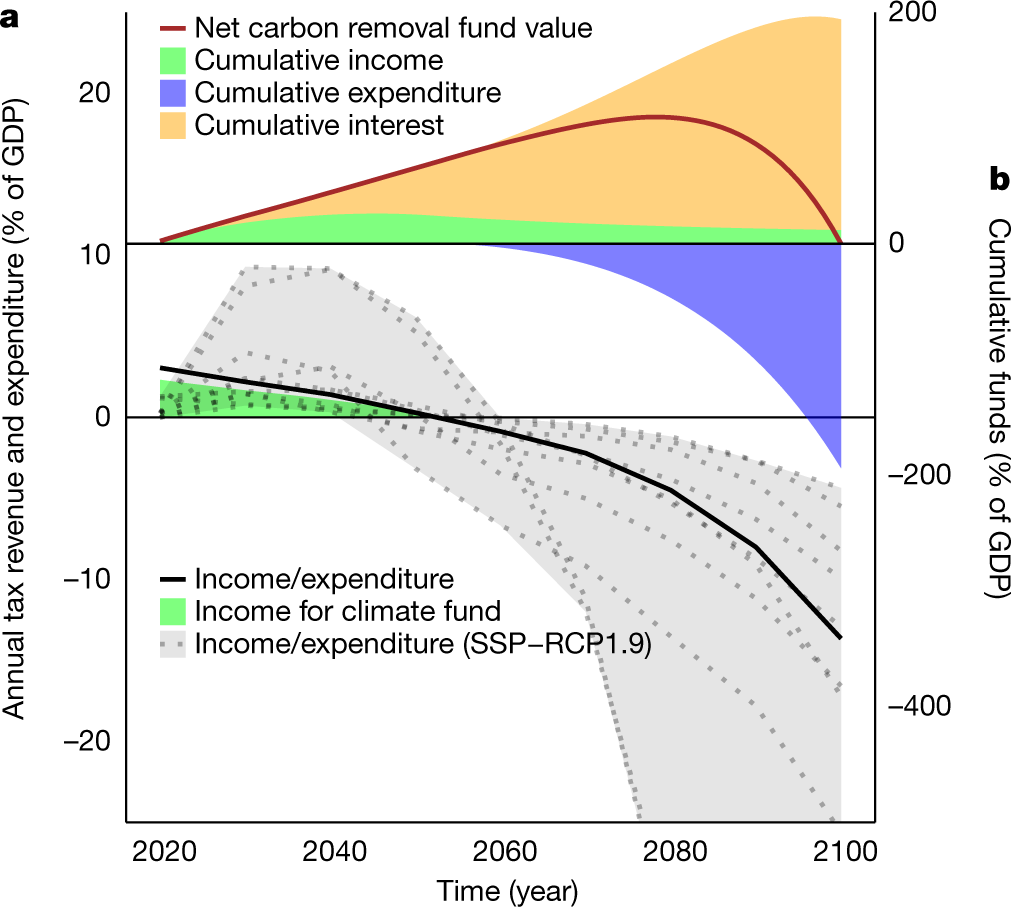


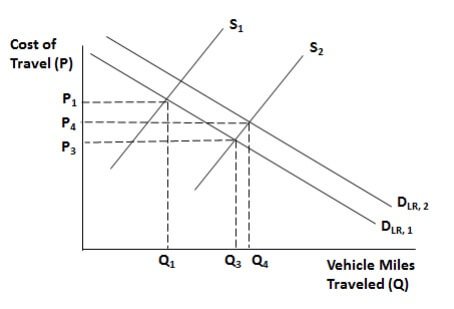












0 Response to "37 line (2) in the accompanying diagram reflects the long-run supply curve for"
Post a Comment